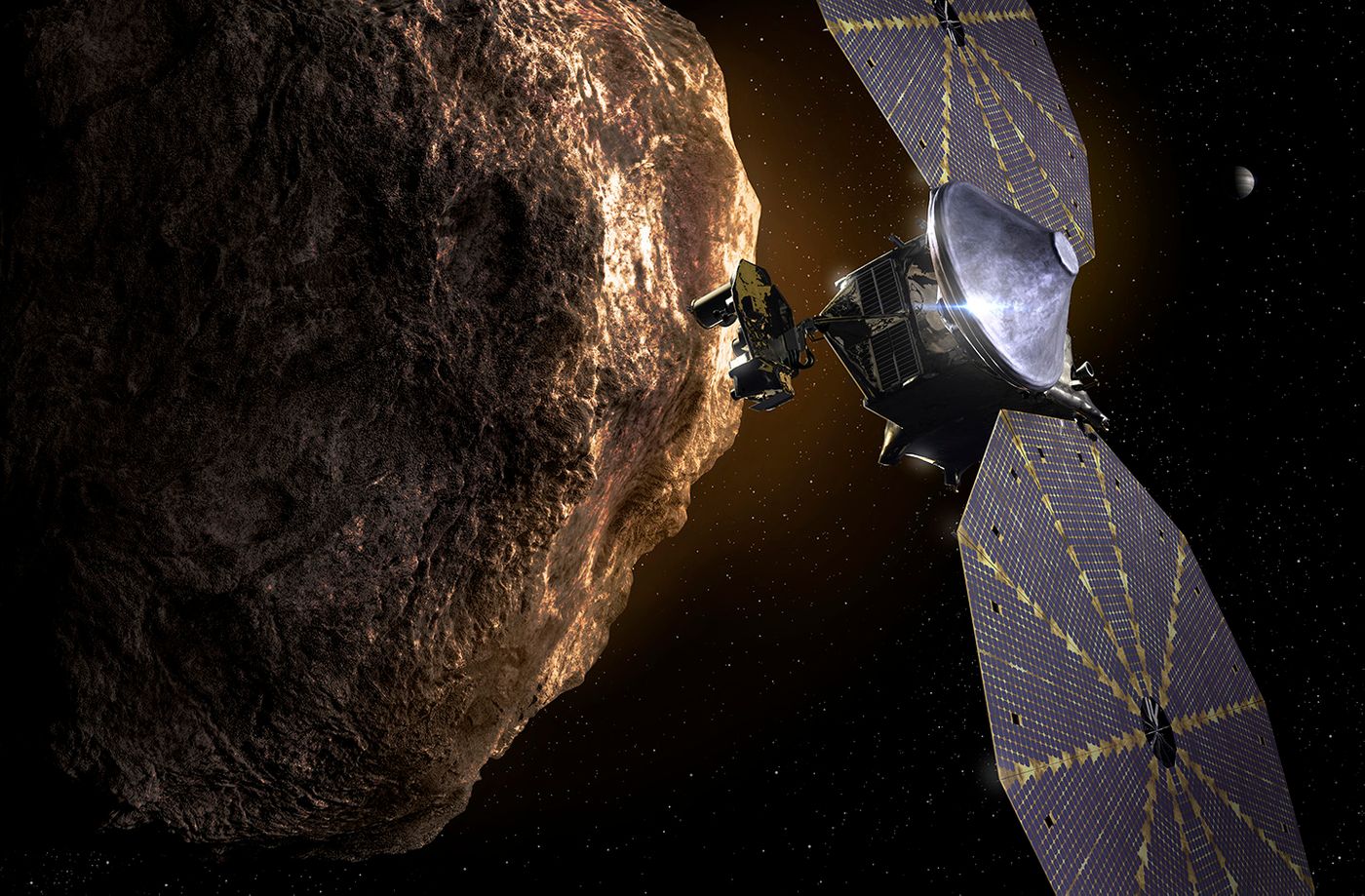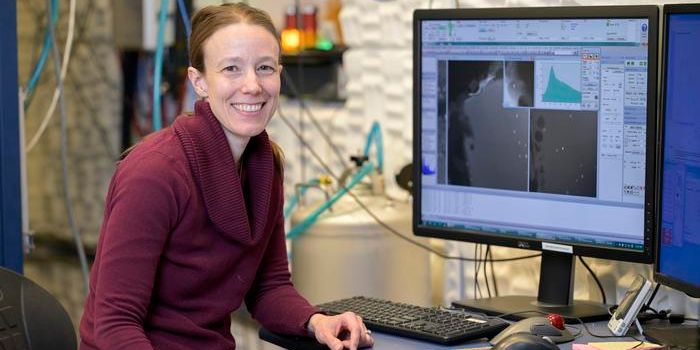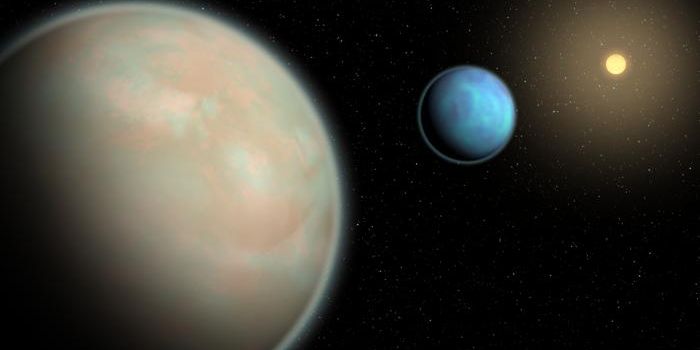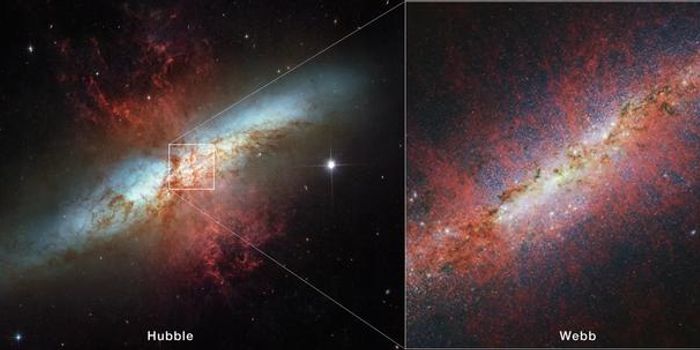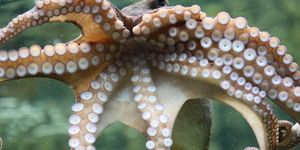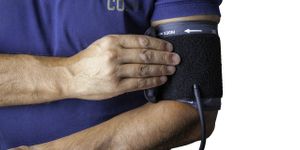Near-Twin of New Horizons' Ralph Instrument to Study Jupiter's Trojan Asteroids
If you followed along when NASA’s New Horizons probe flew past Pluto in July 2015, then you probably remember all the stunning photographs taken of the dwarf planet before, during, and after the flyby. Behind the lens of these incredible photographs was NASA’s renowned Ralph instrument.
Given the profound successes of NASA’s Ralph instrument throughout the New Horizons mission, the American space agency will employ the Ralph instrument once more for its upcoming Lucy mission. Lucy is poised to launch in October 2021, and when it does, it will journey to the Jovian system to help astronomers learn more about Jupiter’s Trojan asteroids.
Image Credit: NASA
Lucy’s Ralph instrument will be a near-carbon copy of the original, apart from a few minor modifications for the new tasks at hand. The upgraded Ralph instrument warrants a new name, and so NASA is calling it L’Ralph, which is allegedly short for “Lucy Ralph.”
Just like the original Ralph instrument, L’Ralph will carry an instrument suite complete with the Multi-spectral Visible Imaging Camera (MVIC) and the Linear Etalon Imaging Spectral Array (LEISA). As NASA explains, both instruments are fed by the same 6-centimeter aperture telescope, which enables L’Ralph to view things in both visible and infrared wavelengths and create a precise map of another world’s surface.
“Most instruments can image visible or infrared wavelengths, but L’Ralph can do both,” explained Dennis Reuter, the principal investigator for the L’Ralph instrument. “We fit everything into this one small package.”
Related: Japan just put two landers on an asteroid for science
Despite how compact the L’Ralph instrument is, don't underestimate it. L'Ralph utilizes a tried and true observation method called spectroscopy to distinguish unique signatures emitted by surface compounds on other worlds, such as ice and minerals to name a few; this is particularly handy for finding organic compounds to discern whether another world is potentially habitable or not.
In addition to the basics, L’Ralph sports a few upgrades that make it a more capable otherworldly observer than its predecessor. Among those, it can detect a broader spectrum of electromagnetic radiation, it sports a moving mirror that can adjust light reflections without repositioning the entire spacecraft, and it includes an improved infrared detector that can capture more than 7.8 times more detail.
As you can probably imagine from the circumstances, NASA’s somewhat excited to launch the upcoming Lucy mission, but it will require some patience. After Lucy reaches space, it’ll take 12 years to reach its destination; but once it arrives, NASA will have two Ralph instruments exploring ancient space rocks and unlocking the many mysteries surrounding the formation of the solar system.
It should be interesting to see what NASA discovers along the way.
Source: NASA
-
APR 30, 2024Immuno-Oncology Virtual Event Series 2024
-
MAY 07, 20243rd International Biosecurity Virtual Symposium
-
SEP 03, 2024Microbiology Week Virtual Event Series 2024
- See More
